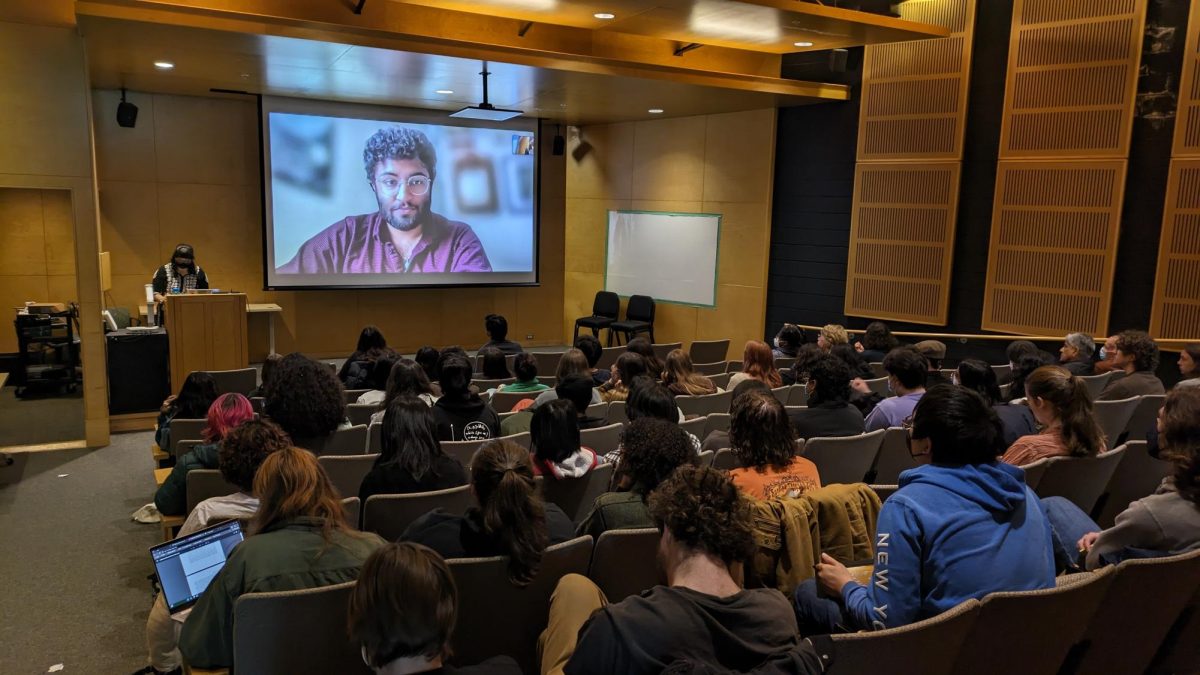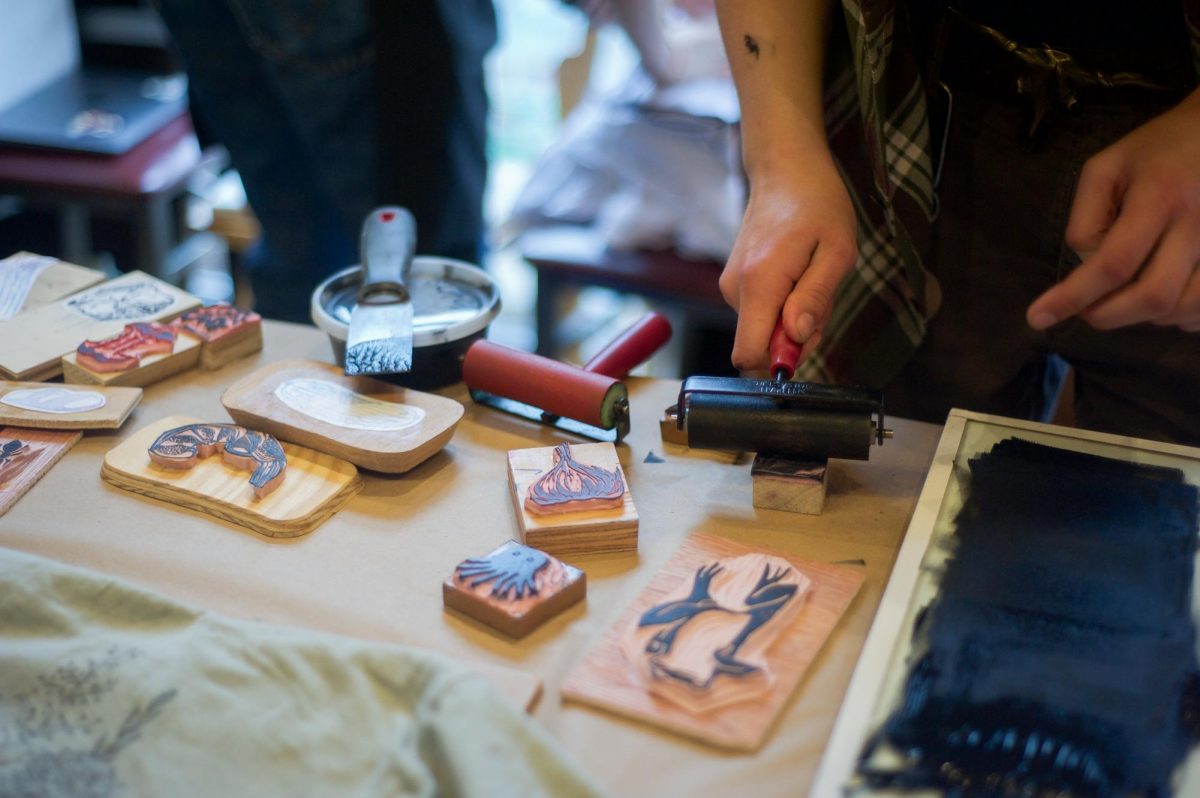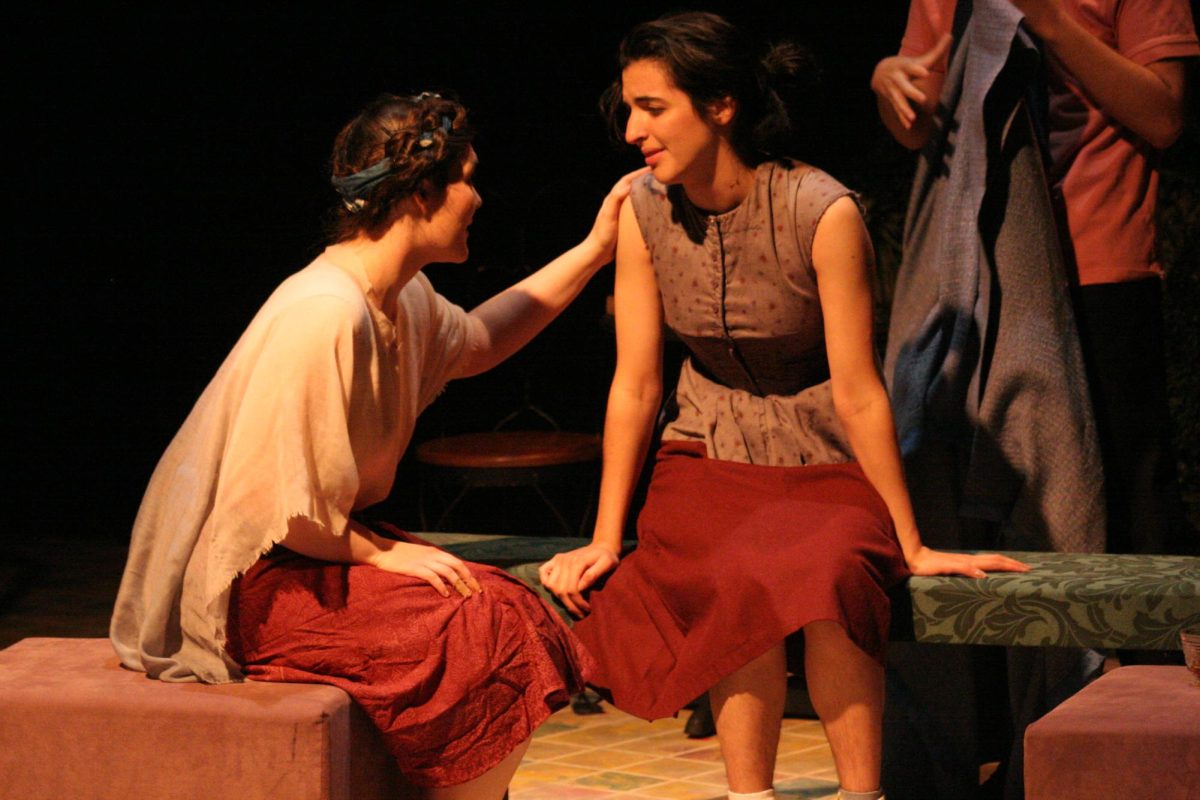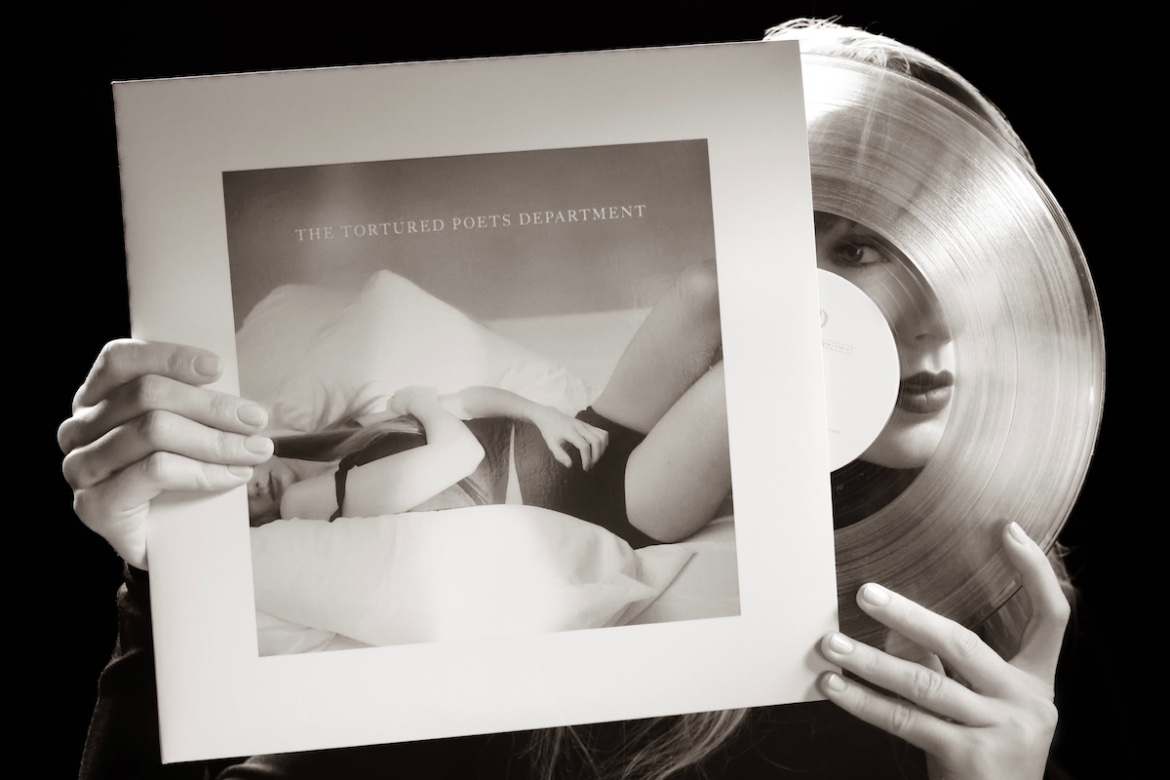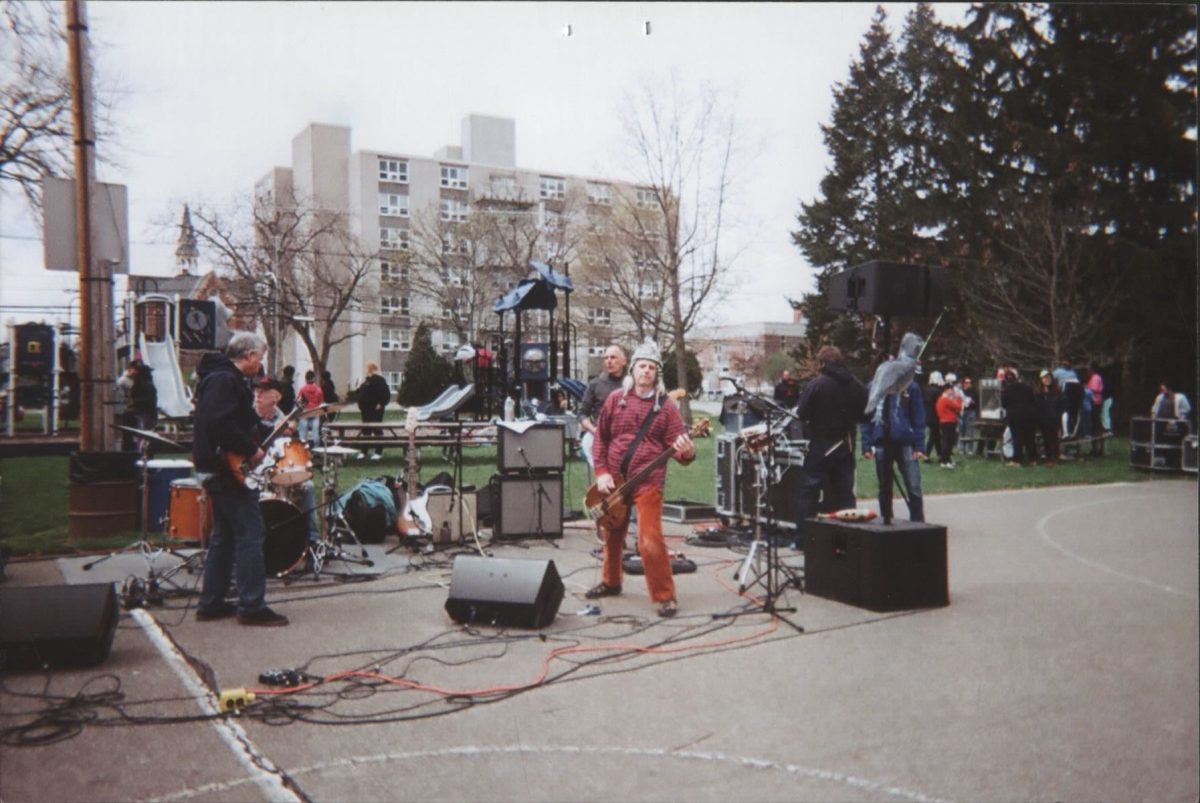Curator Jon Seydl Describes the Cleveland Museum of Art’s Upcoming Pompeii Exhibit
December 7, 2012
Jon Seydl, a curator at the Cleveland Museum of Art, delivered a lecture Wednesday in the Art Building on the museum’s upcoming exhibit, The Last Days of Pompeii: Decadence, Apocalypse, Resurrection.Rather than being a traditional look at how the eruption of Mt. Vesuvius preserved a perfect slice of ancient culture, the exhibit explores the ways in which representations of Pompeii reflect modern action and thought.
Pompeii has fascinated Western audiences since its early excavations in the mid-18th century. Using decadence, apocalypse and resurrection as the organizing topics of the exhibit, the Cleveland Museum of Art seeks to identify what it is about this ancient disaster that so appeals to modern audiences. Artwork in the exhibit includes sculpture, photography and painting, so the motifs also serve to unify the varied multi-media collection.
Seydl described each of the three themes of the exhibit, presenting examples of the artworks within these conceptual categories. Starting with “decadence,” Seydl described how specific details from discoveries in the excavation led audiences to view Pompeii as a place of excessive sexuality, violence and gluttony. Demonstrating how modern artists have engaged with Pompeii as a metaphor for excess, Seydl showed two Rothko studies for the Seagram Murals (1958–1959), commissioned by the Four Seasons restaurant in New York City. For the paintings, Rothko used a deep “Pompeiian” red, inspired by Roman wall paintings found in the excavations. According to Seydl, Rothko sought to use the color to express his disgust at the decadence of the restaurant and present a critique of capitalism and post–World War II excess.
Moving on to “apocalypse,” Seydl explained how popular interest in Pompeii shifted in the mid-19th century from an interest in the site as a place of excavation to a fascination with the ancient city as a scene of disaster. In the 20th century, interest in the apocalyptic scenes preserved in Pompeii — the buried ruins and prone, preserved bodies — reflected anxieties about atomic warfare and nuclear meltdown. Seydl used Antony Gormley’s untitled 2002 sculpture depicting a figure in shock as an example of how modern artists use the preserved bodies found in Pompeii both to create anti-classical sculpture that is impure and imperfect as well as to evoke the horrors of experiencing nuclear disaster and apocalypse.
Seydl unpacked the idea of “resurrection,” describing how art works to repopulate Pompeii, inventing a past that is rooted in archeological discoveries about daily life. He explained that the title of the exhibit —The Last Days of Pompeii — came from a popular novel by Edward Bulwer-Lytton, written in 1834, of the same name. The story follows two Christians who fall in love amid the pagan decadence of Pompeii in the final days before the eruption. Seydl showed an 1864 painting by James Hamilton, which illustrates the climax of the novel as disaster literally strikes a Pompeiian column, as well as the way in which the popular imagination has reinvented and fictionalized the events that took place there.
Seydl concluded by discussing the challenges of creating an exhibit that is not about the facts of antiquity but about how modern audiences project contemporary issues onto the remnants of Pompeii. He seemed unsure about how the visitor would make sense of the material and whether the thesis of the exhibit would come across. However, in a year in which popular culture has been obsessed with apocalypse and the world has been riddled with natural disasters, it seems impossible that we would not recognize ourselves in the excesses of a developed civilization and the fears — legitimate or not — of impending disaster.





